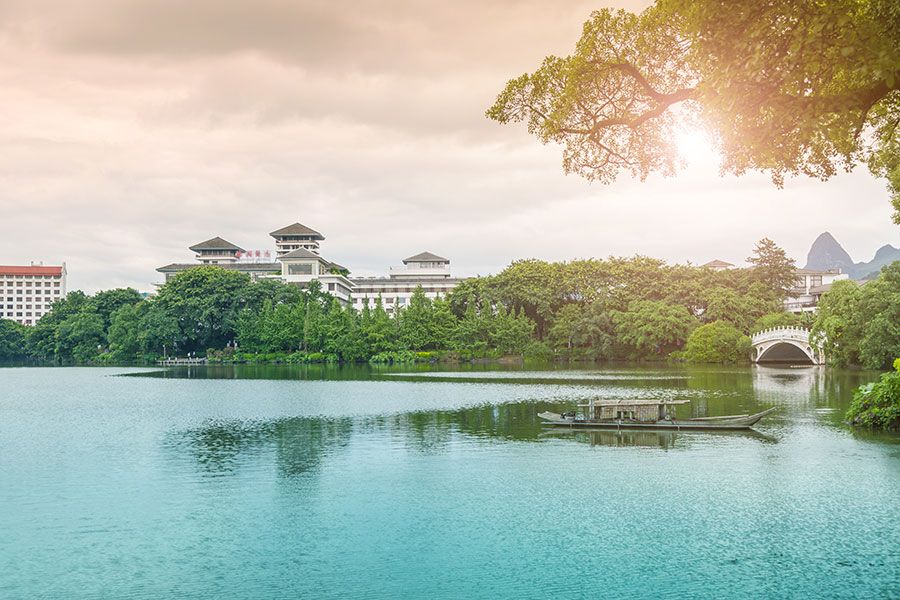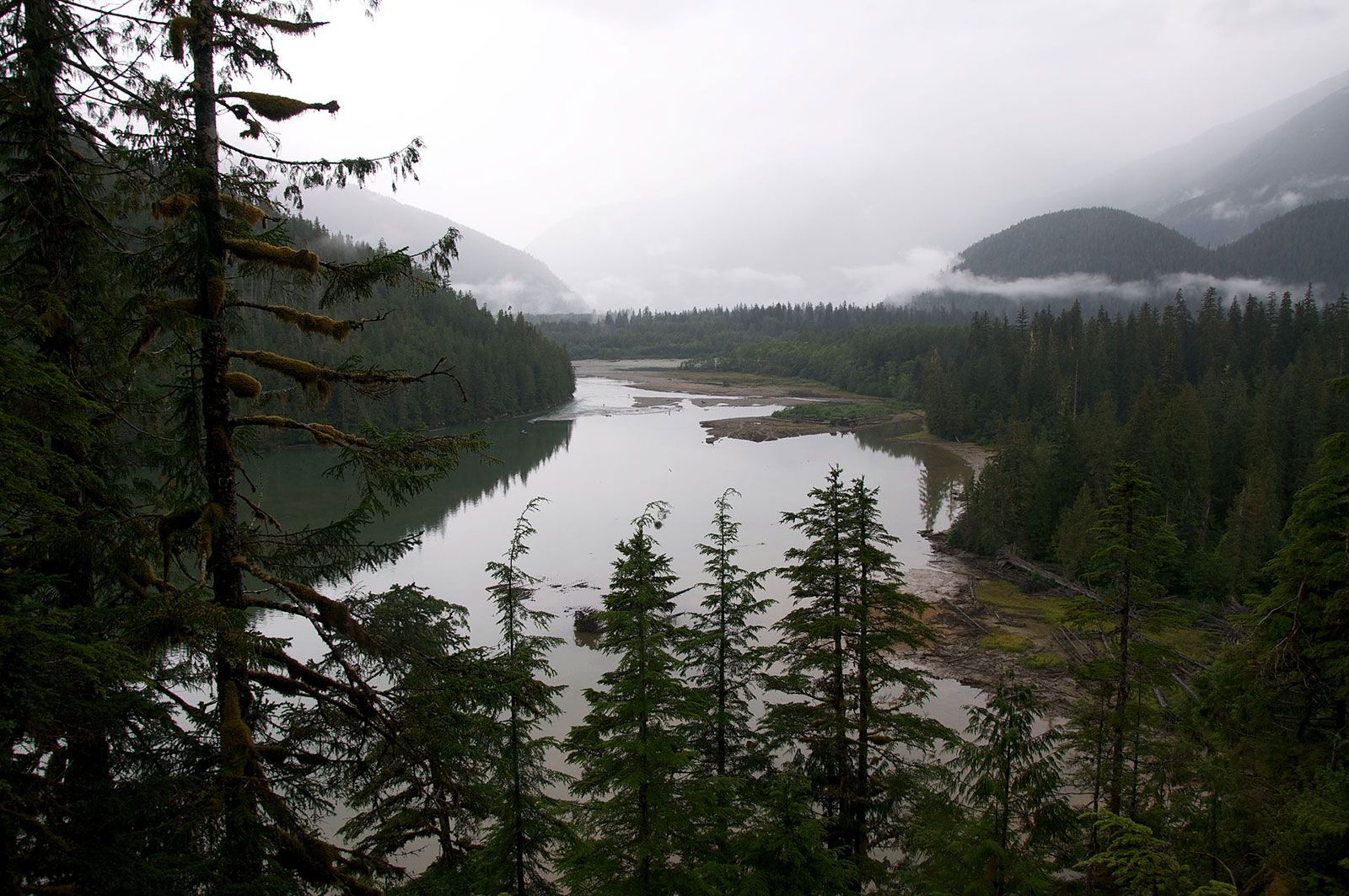Portland, Oregon’s largest city, sits on the Columbia and Willamette rivers with a population of 632,309 and is the 26th largest city in the USA. It’s known for its parks, bridges and bicycle paths, as well as for its eco-friendliness.
In 2017, Multnomah County and City of Portland committed to transitioning the community to 100% renewable electricity by 2035 and 100% renewable energy by 2050.
Our region has an incredible opportunity to test scalable and catalytic strategies in urban sustainability – and we believe the results will fuel innovation, diversity, and urban environments that are not just sustainable, but restorative.
Bus lines and train routes bring many sustainable benefits to the Portland area and the city has encouraged cycling and walking. The use of cars in the city and the suburbs is decreasing with the increase in availability and affordability of public transport. The goal is by 2030 the use of public and active transport to increase to 80%.
Choosing transit over driving eliminates over 200,000 daily car trips and reduces carbon emissions by over 60 percent compared to driving alone in the Portland metro area.

Solar power
The solar panel array near Portland State University — the largest in Downtown — generates 64,000 kilowatt-hours of electricity and saves tons of CO2 every year. In Portland, even with a reputation for being a rainy place, you can get enough sun to power a home for a year with a normal size installation.
“While Portland certainly endures long stretches of cloudy winter and spring days, we also enjoy lots of lengthy, uninterrupted days of summer and fall sunshine. In fact, Portland gets substantially more sun than Germany—the world’s leader in reliable, pollution-free solar energy use.”, said The City of Portland representative.
One of Oregon’s largest solar farm west of the Cascades will be a 10-megawatt solar farm using 35,000 photovoltaic cells for Portland General Electric.
Cost/effective energy storage is vital. In addition to a 2030 deadline to phase out importation of coal-fired power, Oregon’s utilities must obtain half their power from renewable sources by 2040
and comes with a solution that would provide inexpensive, sustainable energy that’s cheaper than coal and gas while providing peak power demands when no wind or sun power is available.
Electric buses
Portland’s public mass transit agency TriMet started transitioning to a clean energy bus fleet with the introduction of its first all-electric bus and the agency has committed to a non-diesel bus fleet by 2040. TriMet is using the 40-foot version of the New Flyer Xcelsior Charge battery-electric bus, which will be powered through PGE’s Clean Wind program.
The new bus will save TriMet about $400,000 in fuel costs over the 12-year lifespan of the vehicle. This type of bus has a range of 80 miles per charge and can be re-charged in 30 minutes

Green Infrastructure in Portland
Portland uses green streets, trees, eco-roofs, and other green infrastructure to protect water quality and improve watershed health and manage stormwater. Urban streams, forests, and wetlands manage stormwater naturally and are part of Portland’s green infrastructure.
Green infrastructure protects the aging sewer system and makes it operate more efficiently by keeping stormwater out of sewers.
Ecoroofs replace conventional roofing with a living, breathing vegetated roof system. An ecoroof consists of a layer of vegetation over a growing medium on top of a synthetic, waterproof membrane. This type of roof significantly decreases stormwater runoff, saves energy, reduces pollution and erosion, and helps preserve fish habitat.
Ecoroofs also absorb carbon dioxide, cool urban heat islands, and filter air pollutants. It increases habitat for birds and insects and provides much-needed green space for urban dwellers.
The city’s regional government supports an environmentally sustainable lifestyle by promoting natural gardening practices, recycled paints, public transportation.
The region has attracted visitors from North America and overseas, many of whom are keen to learn more about how to replicate some of its successes.
With population projections of up to 2.5 million people by the year 2040, Portland’s growth rate is twice the national average.
Want to find more sustainable destinations? Check our other posts.









 Photo credit: Dru! /
Photo credit: Dru! / 

